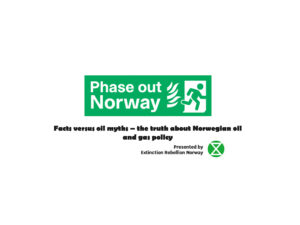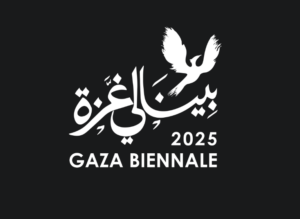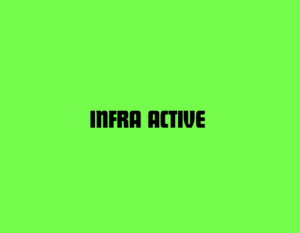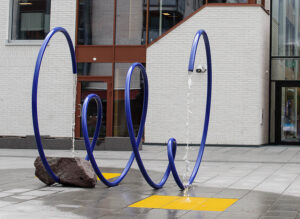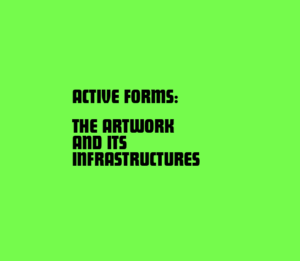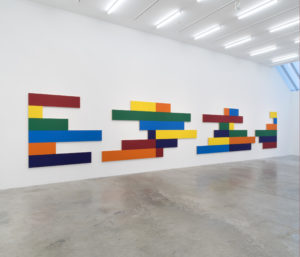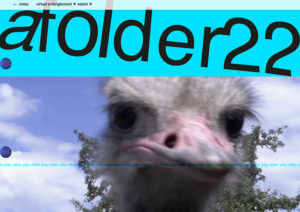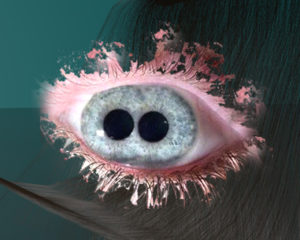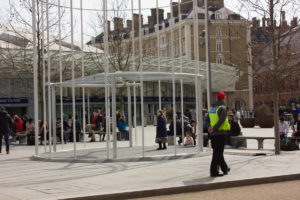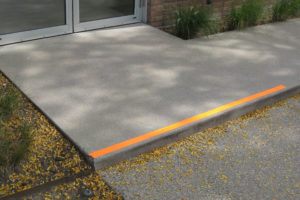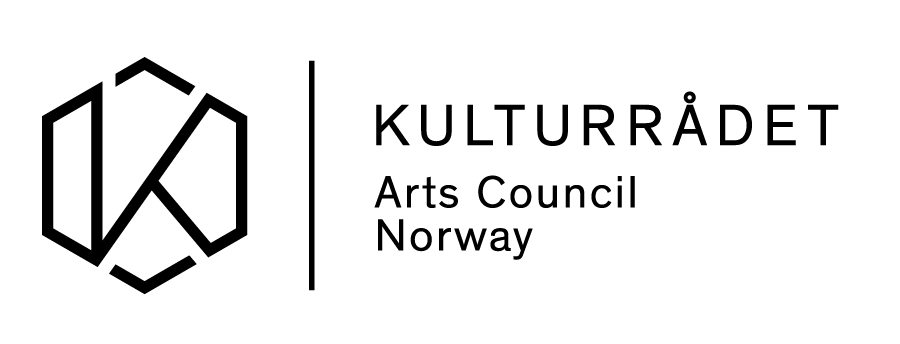
Institute of Flexibility
Forms of Flexibility (FOF) is a transdisciplinary web-based initiative founded by artist Marte Eknæs in response to the contemporary flexible time. Bringing together formal investigations and research from the field of art, architecture, public space and the natural sphere, it will facilitate for multiple connections to be drawn between the material and the immaterial, from the rigid to the flexible to the formless.
The word flexibility was first used in the 1610s of physical things, and from the 1780s it came to also include the immaterial. Its popularity has steadily increased since the 1950s, and with the rise of the new economy its usage has become as adaptable as its own meaning. Utilised in both marketing of products and services, and as an imperative for maximum exploitation of space, time and human productivity, it is today a defining feature of systems and spaces as well as the subject.
FOF will build up a growing network of reports from different aspects of life on this unstable ground, with the many voluntary and coerced ways of adapting to it. In a simultaneous and connected effort, it will work to disentangle flexibility from the market economy and further its potential as a tool for alternative solutions and as resistance.
